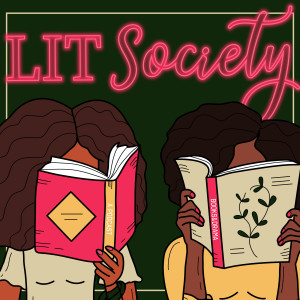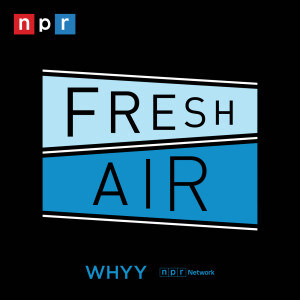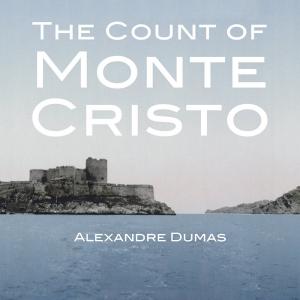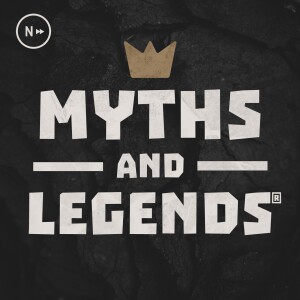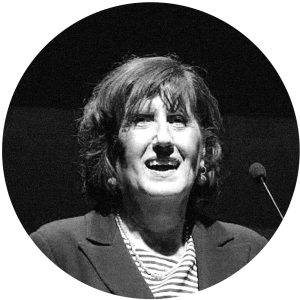

Bojana Pejiča (Bojana Pejić), Dr.
“Doing gender” is a common phrase elaborated by those art historians and theorists engaged in providing “feminist inscriptions” in art history (Griselda Pollock). Parallel to the university, the museum is another discursive location, which also produces art history. The question is whether the museum which “does art history,” follows feminist inscriptions, and “does gender” as well.
In the past thirty years, we witnessed a significant number of museum exhibitions mapping the contemporary art production that emerged in post-communist Eastern Europe, which nowadays we call “former East.” I shall briefly discuss some of these geographical and transnational exhibitions held across Europe and in the United States. I do not intend to follow a traditional feminist obsession with the number of female artists included in the shows, since in all of the exhibitions they are prominently represented. However, in the past thirty years, alas, very few women artists working in post-communist Europe like to identify themselves as feminists. It is in this context that we started to “check” the meaning of gender in post-Communist geographies, trying to advance “feminist inscriptions.” The task of our project “Gender Check – Femininity and Masculinity in the Art of Eastern Europe” was to recognize and read gender identities as they had been visually addressed in the artworks produced in the age of state socialism and those realized after the fall of the Berlin Wall. The project engaged my colleagues based in 24 post-socialist countries (art historians, critics, artists and theorists), resulting in the exhibition, the catalogues, a series of symposia, and finally, the anthology “Gender Check: A Reader” (2010).
More Episodes
All Episodes>>Create Your Podcast In Minutes
- Full-featured podcast site
- Unlimited storage and bandwidth
- Comprehensive podcast stats
- Distribute to Apple Podcasts, Spotify, and more
- Make money with your podcast

